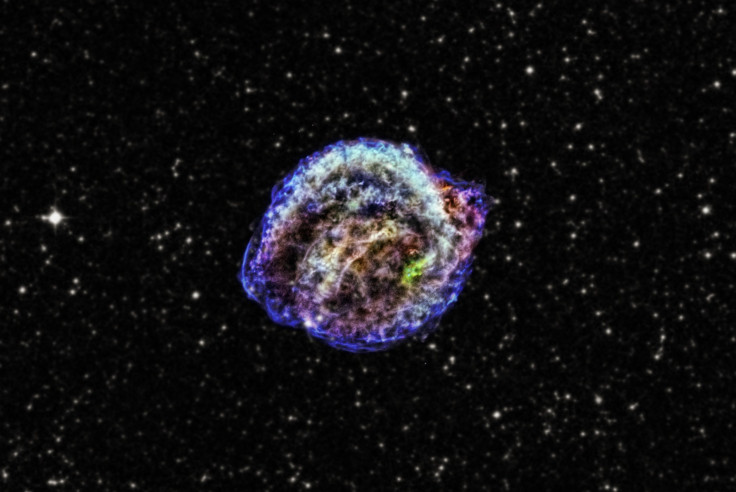Is Earth’s Neighboring Star Betelgeuse About To Go Supernova?

KEY POINTS
- A study revealed that the Betelgeuse star has started to fade
- Researchers believe the star might go supernova soon
- Betelgeuse's supernova event would be visible from Earth
One of the brightest stars in the sky has been behaving strangely, suggesting that it might go supernova soon. Astronomers and science experts believe this cosmic event could have an effect on Earth.
The cosmic object has been identified as Betelgeuse, which is known as the 11th brightest star in the night sky. It is located in the Orion constellation and is the 2nd brightest star in the region. According to astronomers, although Betelgeuse is only less than 10 million years old, it has evolved rapidly due to its large mass.
As a result, many astronomers believe that the star might reach the end of its life cycle soon and cause a massive supernova event.
Recently, researchers from the Villanova University in Pennsylvania noticed that Betelgeuse is becoming fainter than usual. According to their study, which was published in The Astronomer’s Telegram, the star has faded about one magnitude.
Some astronomers believe that Betelgeuse’s fading brightness could be a sign that it might go supernova soon. Once this happens, it could result in a Type II supernova, which occurs when a red giant star runs out of its hydrogen fuel, causing it to implode and collapse.
According to science and space writer Robert Walker, Betelgeuse’s explosion will probably be visible from Earth. It would produce a flash almost as bright as a full moon that could last from weeks. Walker noted that this would most likely be the only effect of the supernova on Earth.
Since Betelgeuse is almost 643 light-years away from Earth, it is too far for its explosion to trigger catastrophic events on the planet.
“None - at least - no harmful effects, just a very bright star,” Walker explained on Quora. “To have any noticeable effect at all it would need to be within 50 - 100 light-years. At 642.5 light-years it is more than five times too far away.”
Adam Pilant, a physics and mathematics graduate, noted that the only way the supernova event could affect Earth is if Betelgeuse is massive enough to emit a powerful gamma-ray burst once it exploded.
“Now if Betelgeuse was large enough to produce a gamma-ray burst, which I don't believe it is, that thing could fry our little rock from well over 1000 light-years, probably farther,” he stated.
© Copyright IBTimes 2025. All rights reserved.





















